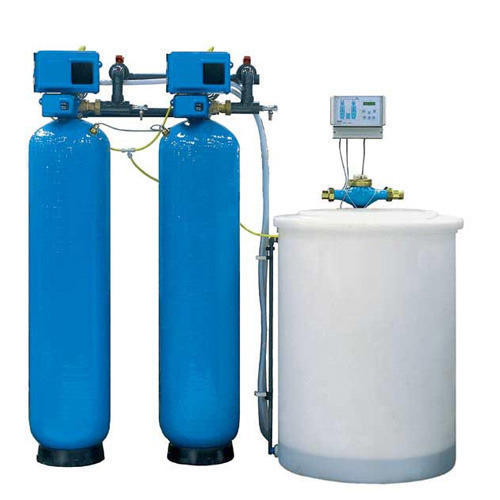A fluxgate magnetometer, invented in the 1930s, measures strength and direction of the magnetic field at a particular point in space. Fluxgates are ideal for a number of sensing applications because they are generally compact, rugged and affordable, with low power consumption.
Uses for Fluxgate Magnetometers
They are used in aerospace navigation, and have helped robotic space probes monitor, map and analyze planetary magnetic fields. In geological prospecting, mineral deposits and geological formations are located, identified and mapped. Many first world countries invest and rely heavily in airborne magnetic surveys of their landmass and surrounding oceans. Hazards for tunnel boring equipment can be identified to avert potential damage or disaster.
Archaeological sites, toxic waste drums, unexploded ordnances like landmines can all be located, investigated and managed. Underwater, they help find submarines, shipwrecks and other submerged objects. A grid of magnetometers around the globe measures solar wind’s effect on the Earth.
Many smartphones employ magnetometers in the apps that serve as compasses. New research has used magnetometers in mobile devices for touchless 3D interaction, which tracks changes in the magnetic field around a smartphone to identify different hand gestures.
How They Work
A ferromagnetic core is surrounded by two coils of wire. Alternating current (AC) passes through the primary coil, which produces an alternating magnetic field that generates AC in the secondary coil. The phase and intensity of the AC in this secondary coil are measured constantly, as a change in the external magnetic field changes the output of the secondary coil. This change helps determine the orientation and intensity of the flux lines, which contain or intersect electric charge or magnetic poles. Unlike most other compasses, the fluxgate magnetometer won’t generate its own magnetic field, and therefore the magnetic environment near the fluxgate isn’t disturbed.
Environmental Cautions
The potential for damage to the fluxgate magnetometer’s circuitry, even when turned off, exists when in close proximity to the high level AC magnetic fields from soldering guns, motors or large transformers. Distortion of the zero field bias can result from exposure to high DC magnetic fields. Prolonged exposure to salt air or high humidity environments may also result in degradation of the unit.
Watson Industries has developed state-of-the-art fluxgate magnetometer that produce reliable pole-to-pole precision measurements. Visit www.watson-gyro.com for information about the company’s products.






